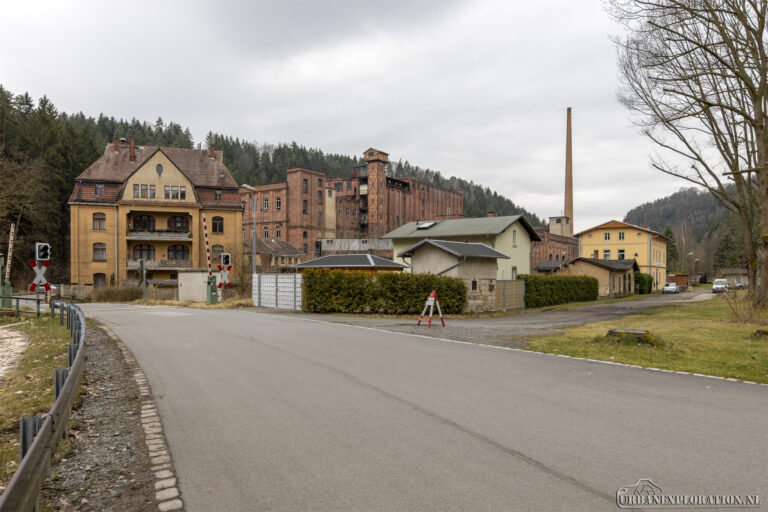Uniform‑Insignia Factory
Somewhere in the former East Germany, there was a workshop with a history stretching back over 300 years. Originally rooted in traditional textile craftsmanship, it gradually developed into a specialized producer of military uniforms and related insignia, such as collar tabs, rank badges, and decorative elements.
By the early 20th century, particularly in the years leading up to and during the Second World War, the workshop played a key role in manufacturing so-called “house models” prototype samples of uniform components presented for official approval before mass production. These pieces often carried serial numbers and production dates, documenting their purpose and provenance.
The facility combined fine weaving, embroidery, and intricate metal threadwork, earning a reputation for precision and detail. Its products contributed to the visual identity of various branches of the military and reflected the symbolic power uniforms held at the time.
Today, remnants of this centuries-old tradition can still be found in museum collections or among dedicated collectors. They stand as quiet witnesses to a long-standing craft that helped define the appearance of military dress through generations of European history.

- Visited - October 2021
- Defunct - 1990
- Status - In decline
- Country - Germany



















































































